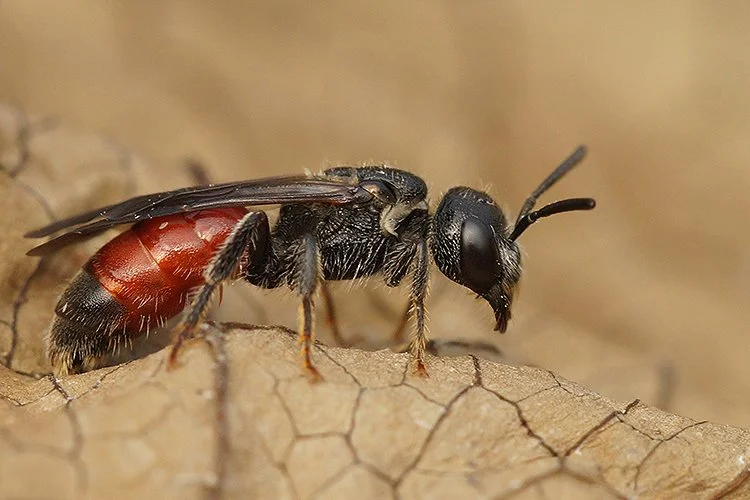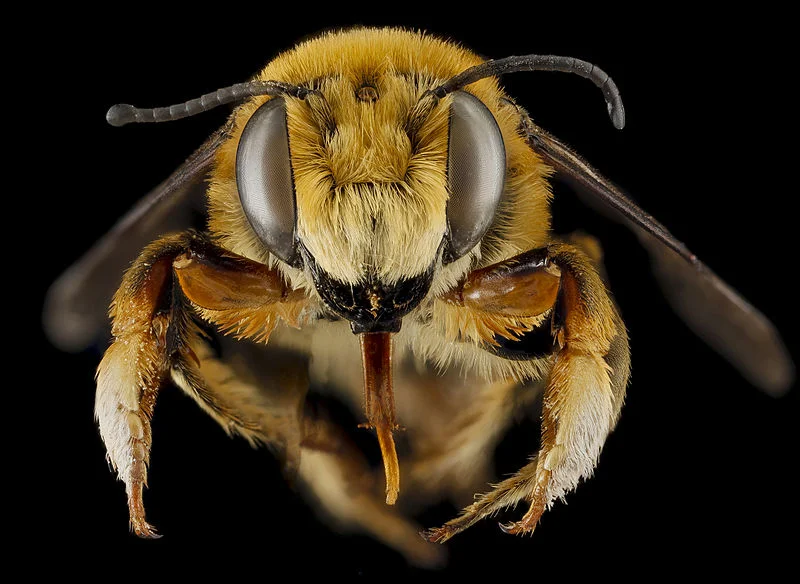A fascinating bee with a terrifying name.
Read MoreFirst spotted in the UK in only 2001. It seems the Tree Bumblebee arrived here under it’s own steam. It has spread rapidly throughout the UK, has not harmed local native bee populations and is a good pollinator so a welcome addition
Read MoreDelicate and skilful, the Leaf-Cutter Bee is an incredibly interesting genus of bee that contains nearly 1500 recognised species. Some pulp the leaves and plant material to create their nests, many neatly cut the material directly from the plant.
Read MoreThe Early Bumblebee or Early Nesting Bumblebee get's it's common name from the fact it can be seen even in February. It lives in colonies with queens and workers with the queen keeping order through aggressive displays rather than pheremones as is more common.
Read MoreThe Ashy Mining Bee is particularly well named. It's distinctive grey colouring and ground nesting behaviour make it a great little pollinator to look out for in your garden. In flight from March until mid June.
Read MoreWhat is happening to the bees and how will affect humans. The Beebomb Bee-log takes a look at the numbers around bee decline throughout the world.
Read MoreThe Wool Carder Bee. A really interesting pollinating pal. The European Wool Carder Bee is relatively well distributed through Southern UK. They demonstrate some fascinating nesting behaviour, gathering the hairs on small leaves which is how they get their name. Let's help #bringthebeesback
Read MoreThe Buff-tailed Bumblebee. One of the UKs most recognisable pollinators and the species of bee most people visualise. Abolsutely vital to Bio-diversity in the UK and a beautiful, benign and busy visitor to any garden. The Beebomb bee-log takes a closer look at this under-appreciated insect. Let's #bringthebeesback
Read MoreThe Long Horned Bee is one of the most endangered pollinators in the UK. Needing a large area of wildflower habitat, the Long Horned Bee has suffered greatly from the loss of wildflower habitat in the UK over the last 70 years.
Read More









